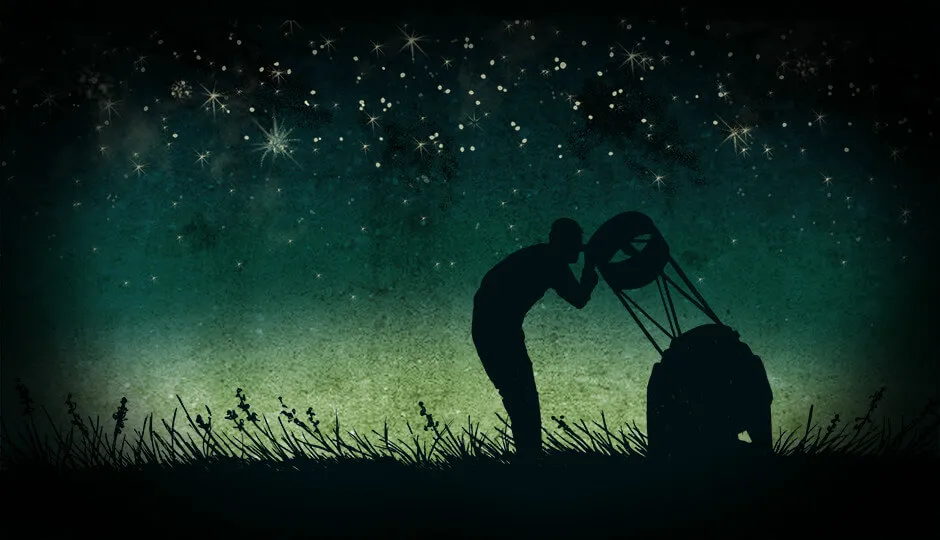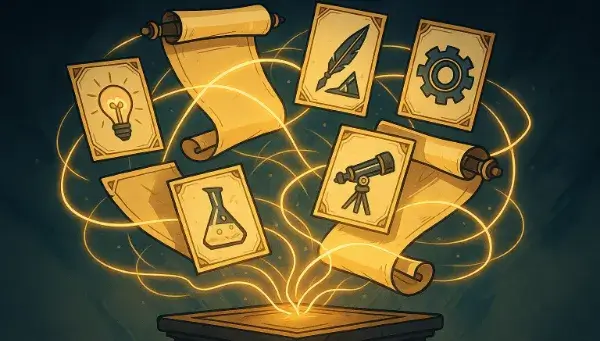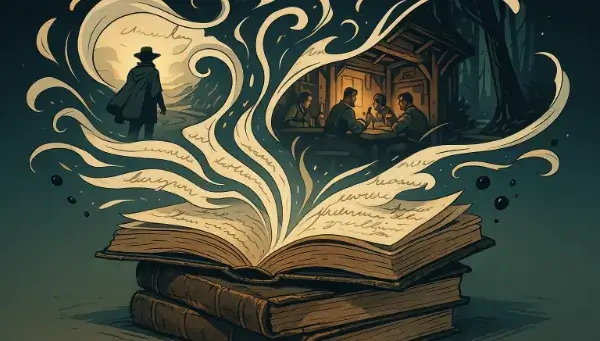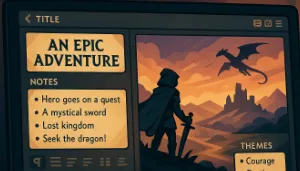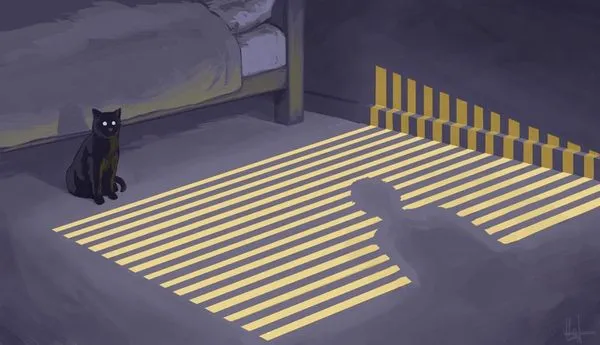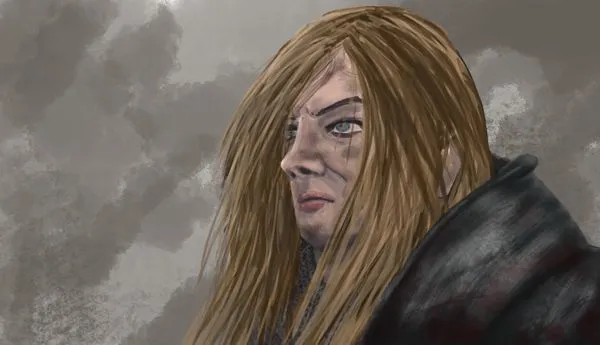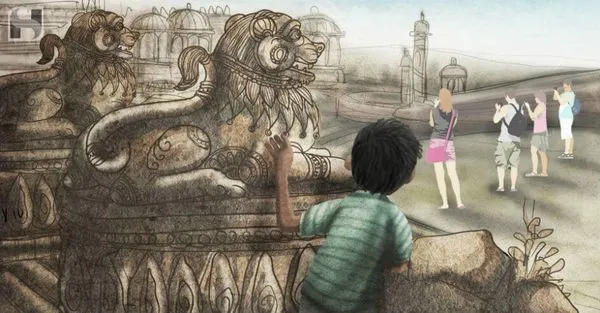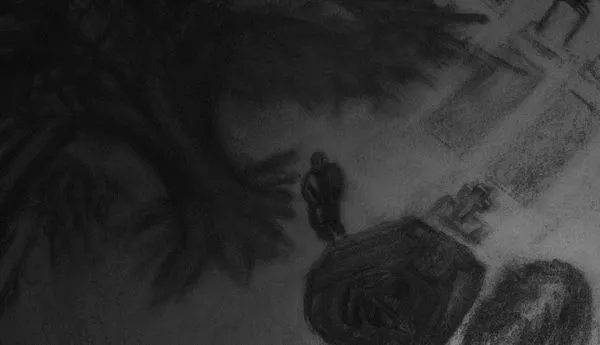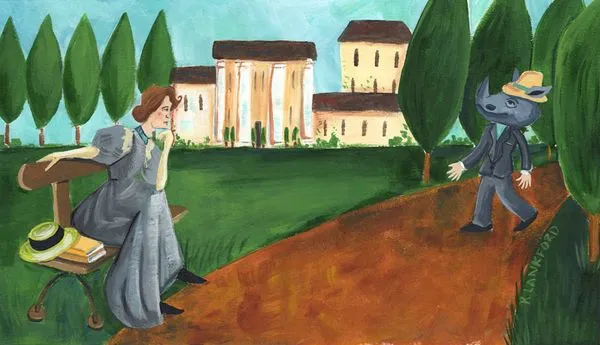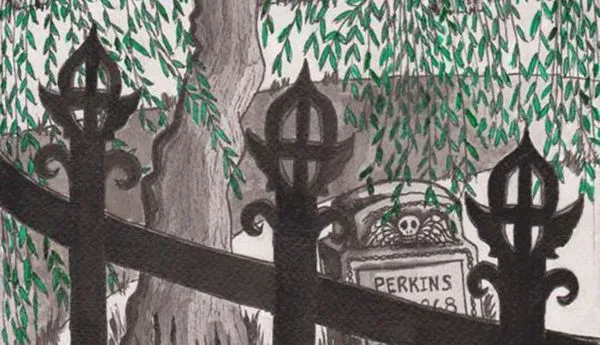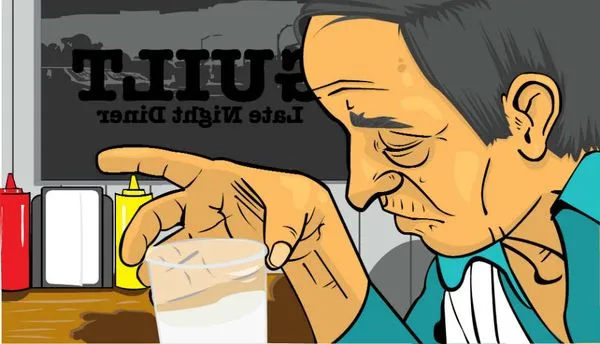Marooned in the Tarantula Nebula
Published on 2016-02-15
“Bring her in slowly,” the captain said. “We don’t want any surprises.”
The Saratoga was a ten-ton vessel, fast and eminently maneuverable, with a propulsion system that was top-of-the-line. It was the first ship to visit the Tarantula Nebula and the crew was well-aware of the momentousness of the event.
It had been an eight-month voyage, uneventful, launched from Earth in the year 3157. The forty-eight crew members were veterans of space exploration, having visited between them thirty-six comets, eighty-four asteroids, sixty-two planets, and twelve star systems.
But this mission was different. This was to pilot a vessel into an enormous cloud of gas and dust.
The Tarantula Nebula was located 160,000 light years from Earth in the Large Magellanic Cloud. The nebula was an immense structure, measuring 650 light years across at its widest point. It was also one of the most ornate structures in the universe, a stellar nursery that had produced countless wonders. A seemingly endless supply of hydrogen gas was the fuel that produced young stars. The nebula’s wispy arms resembled a spider’s legs.
But none of that mattered, for the men of the Saratoga found themselves faced with a phenomenon mankind had never encountered.
Imagine sailing into a black fog thick as tar. And into an electrical storm unlike any ever encountered. The Saratoga’s instruments registered nothing, that is, nothing sensible. Readings that were either off the scale or dead. The first systems to be affected were electronics (scrambled), mechanical (not functioning at all), and biological (a power drain, the source of which was never identified). Eventually, systems stabilized, but by then the ship was operating at minimal power levels. Engineering said that in six hours life support would be critical.
The captain, a man in his early thirties, with a wife and young child back on Earth, ordered communications to send a warning message to mission control. He realized there was virtually no chance it would get through, but he knew they had to try. Buffeted fore and aft by what they suspected were gravitational waves, all they could do was pray.
It was who knew how long later — time itself seemed to have stopped — when they emerged from the maelstrom into a blinding light, a blinding white light that slowly dissipated to reveal a spider’s lair. And the members of this veteran crew, who had seen so many galactic wonders, had stared death in the face countless times without flinching, could do nothing but cry out in despair and ponder the meaninglessness of it all.
***
“That was the final transmission,” the mission commander said. “The final coherent transmission.” There were two others, but neither made sense. The first was frantic, something about being dragged into a whirlpool. And then a reference to a web of death and deceit. All nonsense, really.” He stopped and swatted at a fly that had settled on his coffee mug.
“And the second?” the reporter prodded.
The mission commander laughed. “The most fanciful of all! I remember the words exactly, ‘There really is a tarantula at the heart of the tarantula nebula.’” He frowned. “We’ll never know what the Saratoga’s fate was. And perhaps that’s a good thing. Perhaps some of the universe’s mysteries best remain hidden.”
“I’m not sure I agree …” the reporter began.
But his words fell on deaf ears, for the commander had turned his back and was already halfway down the hallway.
***
That was how I imagined it, anyway, as I watched from the confines of my observatory in Peoria, Illinois, my sixteen inch f/4 telescope centered on the heart of the nebula, that exploding region of gas and dust. Should I have told the Saratoga’s crew its fate? Relative to me, they were 160,000 light-years away, but, as I’d recently discovered, information sent on a beam of light would reach them instantaneously. Even so, there was nothing they could do to avoid the end. And so I watched, impassive, horror-stricken, as they were devoured by the bulbous arachnid that will one day consume the entire cosmos.
You see, not even I am immune. In the depths of night, under a starry sky, I feel a gentle tug, barely perceptible, but it’s there I’m sure. An invisible string that draws me to my death just as it drew the Saratoga to hers. And I wonder: is there someone watching me, someone who could warn me of my fate, but who chooses not to do so?

